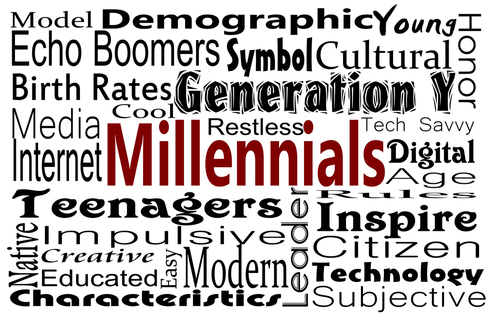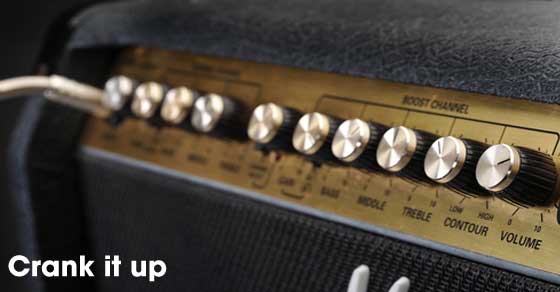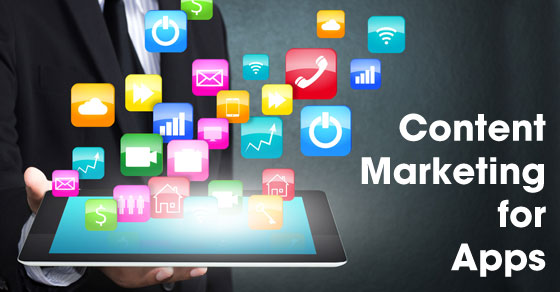Ads are everywhere in today’s world, and nowhere are promotional messages more prevalent than on the Internet. Until recently, online advertisements only came in the form of display units: pop-ups and banner ads that are often intrusive and only distract from the user experience. Today, a growing number of companies are choosing a more seamless, natural approach by creating and running aptly named ‘native ads.’
“Native ads appear around a webpage’s main content with a look and feel that matches the design and layout of the website,” said Ash Nashed, CEO and founder of digital media technology company Adiant. “This design makes the ad simple, unobtrusive and easier to consume than displays ads. We consider native ads a seamless preview to content and offers, and less like an attention-demanding ad that can be disruptive to consumers. These features translate into better engagement with consumers.”
Native advertising is by no means a new concept. The “advertorial” — an advertiser-created piece of content designed to mimic the content a media outlet already produces — has been used in magazines, TV and radio shows for decades. But in the digital world, this type of advertisement takes many forms, and businesses that run native ads need to know which ones will be the right fit for their brand.
Aaron Goodin, CEO of content discovery and engagement platform Snap Skout, explained that there are six types of native ad formats, as published in the Interactive Advertising Bureau’s (IAB) Native Advertising Playbook earlier this year:
- In-feed units, which appear on news outlets and social networks in the form of labeled “sponsor content” or what’s been liked or picked as a favorite by a connection
- Paid search units, in which an advertiser pays to be listed at the top of search engine results for certain keywords
- Recommendation widgets, which pull related content from “around the Web” based on topics and keywords, then list them on the side or bottom of a media outlet’s website
- Promoted listings, which function similarly to paid search units but appear on e-commerce marketplaces like Etsy and Amazon
- In-ad with native element units, which are placed alongside editorial content based on contextually relevant topics and keywords, but link to an offsite page
- Custom units, which are extremely platform-specific, such as customized playlists on Spotify and Pandora
“Each format allows for a simple integration into a user’s experience, which is the brilliance and effectiveness behind native ads,” Goodin said.
Native advertising seems to be particularly effective with millennials, since they’ve grown up surrounded by digital media. Generation Y is quickly becoming one of the largest, most influential and most valuable consumer demographics, and any companies setting their sights on capturing this market should be paying attention to native ads for this reason.
“With younger audiences, having always had the Internet has made them proficient at evaluating content and consuming information quickly,” Nashed told Business News Daily. “Display units have historically distracted their quick consumption habit, which has trained them to consider ads as part of the landscape and not something on which to focus.”
“While the advertisement-averse millennial generation will ignore promos in traditional ad formats, they are willing to engage with native advertising when it mimics the content they are already consuming,” added Ashley Kemper, senior marketing strategist at Web design and marketing firm Blue Fountain Media. “As a whole, consumers absorb native ads 53 percent more frequently than display ads, and are 68 percent more willing to share a native ad than a display ad with a friend or family member,” according to recent research from Sharethrough, Kemper said.
Of the IAB’s native advertising formats, Goodin believes that in-feed units and recommendation widgets are the best formats to use when targeting Gen Y audiences.
“Younger audiences tend to spend more time on social networks and they respond positively to products and services that their friends recommend,” Goodin said. “In-feed units make sense as they allow brands to reach a younger audience in that social-network setting. Recommendation widgets that are placed on publications that cater to a younger demographic are also effective, just as long as they provide relevant and useful content.”
Due to the nature of native ads, the biggest challenge marketers face is walking the fine line between providing a high-quality, creative branded message and being overtly promotional, Kemper said.
“A successful native ad will in fact not feel like an ad at all, but rather will be unique and engaging content that a user wants to voluntarily consume,” she said. “Small businesses with no dedicated creative team may assume they can’t produce the necessary content to be successful in native ads, but starting small with promoted social posts before working up to larger efforts will allow them to test the effectiveness of tactics as they go.”
Another challenge is fighting the misconception that native ads are sneaky and misleading by masquerading as legitimate editorial content.
“While it is true that several native ad providers could better disclose their ads, being clear and upfront with consumers is actually very easy to do,” Nashed said. “Properly disclosed units help consumers understand if an ad is relevant to them. It filters interaction and ensures that consumers clicking your ads are intending to engage your brand. The result is properly informed consumers recognizing offers and articles, and selecting which they would like to learn more about.”
The best thing you can do as a business owner who is interested in native advertising is to do your research. Understanding your options in terms of format and ad provider — and truly knowing what your audience wants — are good places to start.
“Gain a solid understanding of all the available native ad options and select the best options that align with your business’s goals and strategies,” Goodin said. “Native ad formats can vary immensely in their placement, timing, delivery and relevance, and it’s important to find the right balance to meet your audience’s needs.”
“There is not one approach to marketing success, but native advertising speaks to your audience [the way] they want to be engaged,” Nashed added. “When your native ad provider delivers quality through its publisher network, disclosure practices and technology, it can deliver great business results.”
Remember to follow us on Twitter and like us on Facebook.
Click here for the article.
 According to a recent AdWeek article, 46 percent of Millennials consume the content within the native ads that reach them. For context, native ads appear placed within the content of a website with a look and feel that closely matches the publisher. This makes the ad simple, unobtrusive, and easier to consume. These ads are more like previews to content and offers, and less like display ads that serve as a call-to-action that is increasingly disregarded.
According to a recent AdWeek article, 46 percent of Millennials consume the content within the native ads that reach them. For context, native ads appear placed within the content of a website with a look and feel that closely matches the publisher. This makes the ad simple, unobtrusive, and easier to consume. These ads are more like previews to content and offers, and less like display ads that serve as a call-to-action that is increasingly disregarded.




